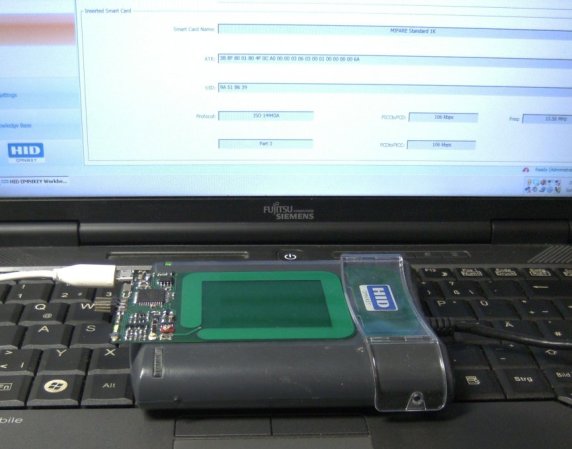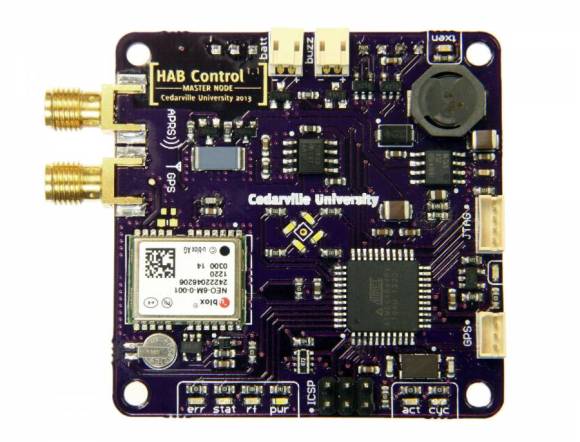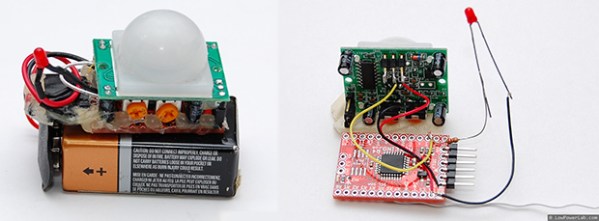
Researchers at Ruhr University of Bochum in Germany have been busy working with RFID and related devices for quite some time now. They call the fruit of their labors Chameleon, a versatile Contactless Smart Card Emulator. Contactless Smart Cards are RFID style devices that also contain a smart card style memory. These cards are often used for payment, replacing mag strip style credit cards. Philips MIFARE Classic cards are a common example of contactless smart cards. The Chameleon is set up to emulate any number of cards using the common 13.56MHz frequency band. Adding a new card is as simple as loading up a new CODEC and application to the firmware. Currently Chameleon can emulate MIFARE cards using the ISO14443A.
The Chameleon is completely open source, and can be built for around $25 USD. The heart of the system is an Atmel ATxmega192A3 microcontroller. The 192 is a great microcontroller for this task because it contains hardware accelerators for both DES and AES-128. An FTDI USB interface chip is used to provide an optional communication link between a host computer and the ATxmega. The link can be used for debugging, as well as manipulating data in real-time. A host PC is not necessary for use though – the Chameleon will operate just fine as a stand alone unit. We definitely like this project – though we’re going to be doubling down on the shielding in our RF blocking wallets.















